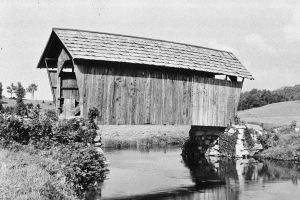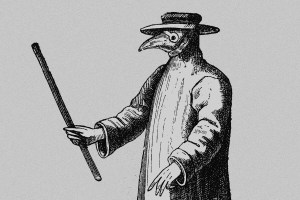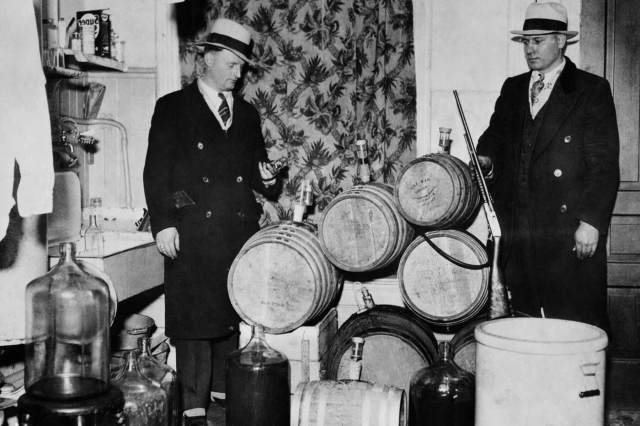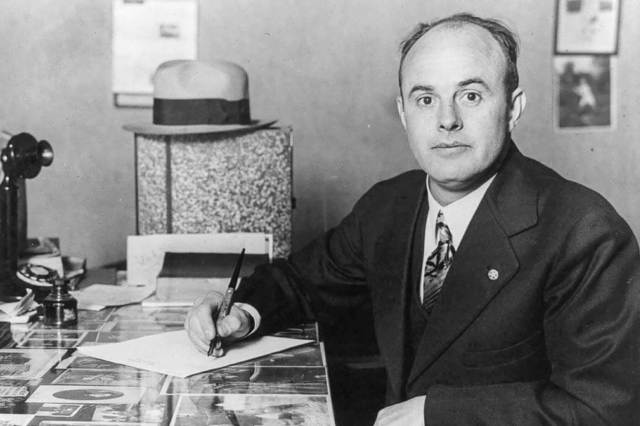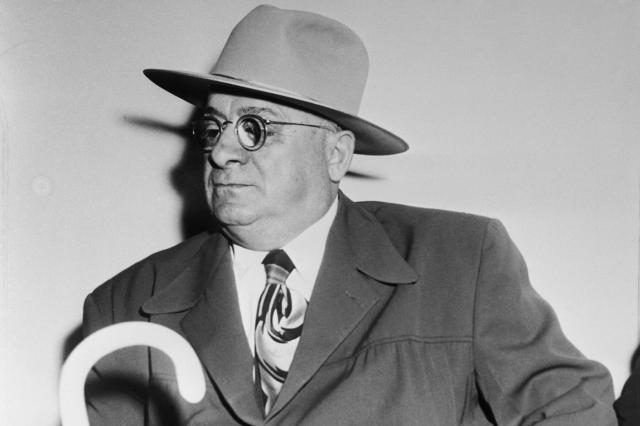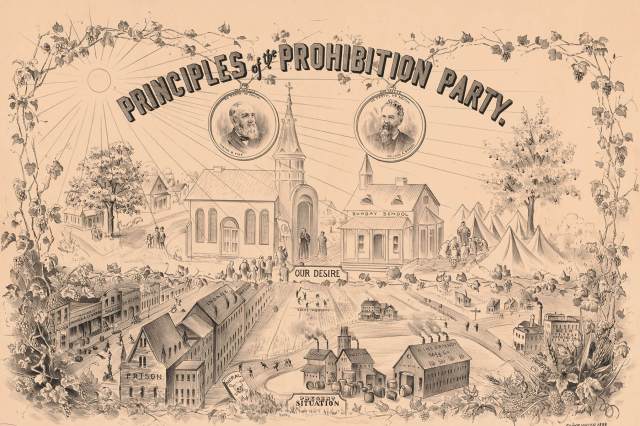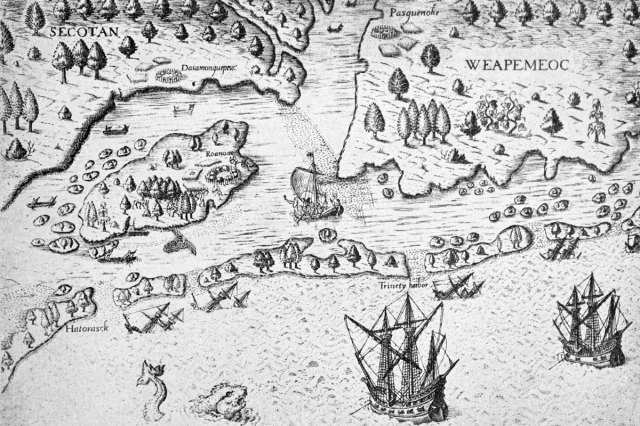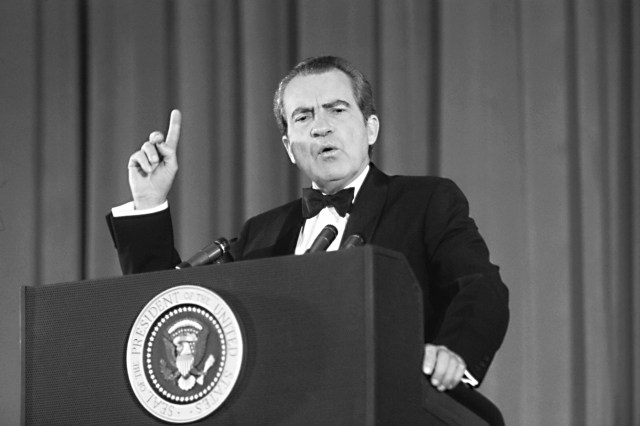7 Fascinating Facts About the Prohibition Era
As early as the colonial era, the consumption of alcoholic beverages was a contentious issue in America. Drunkenness was generally frowned upon, and certain sectors of society believed that alcohol was nothing short of the devil’s juice. Tensions came to a head in the early 20th century, when the temperance movement (which advocated for moderation in all things), supported by groups such as the Anti-Saloon League, the National Prohibition Party, and women suffragists, convinced lawmakers to curtail what they saw as the calamitous and ungodly effects of alcohol.
The result was the 18th Amendment to the U.S. Constitution, ratified on January 16, 1919. One year after the ratification, the prohibition of alcohol in the United States began, and breweries, wineries, and distilleries across the country were shuttered.
Initially, the signs were positive. There was a significant reduction in alcohol consumption, booze-related hospitalizations declined, and there were notably fewer crimes related to drunkenness. But one thing never changed: Many people still enjoyed an occasional drink and weren’t willing to live completely dry lives. Enter bootleggers, speakeasies, and organized crime. The Prohibition era lasted until 1933, and marked a period of colorful characters, clandestine operations, and government corruption. Here are seven facts from this fascinating time in U.S. history.
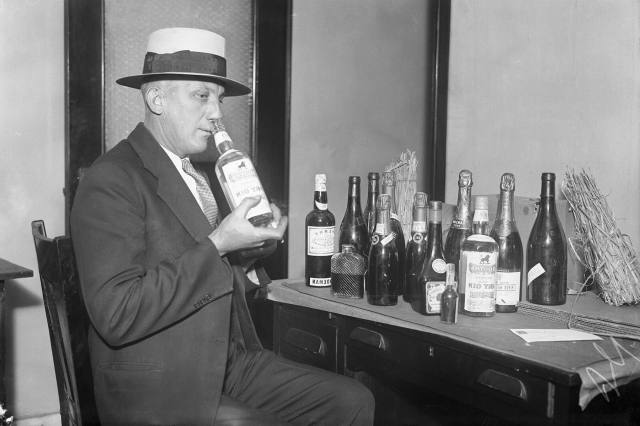
It Wasn’t Actually Illegal to Drink Alcohol
The 18th Amendment prohibited “the manufacture, sale, or transportation of intoxicating liquors” within the United States, but it didn’t ban the consumption of alcohol at home. So, during the one-year grace period before Prohibition began, people — those who could afford it, at least — began stockpiling wine and liquor while it was still legal to buy. Once the cellars had been stocked and Prohibition began, there was a notable rise in home entertaining and dinner parties — a shift that transformed America’s drinking culture in a way that’s still felt to this day.
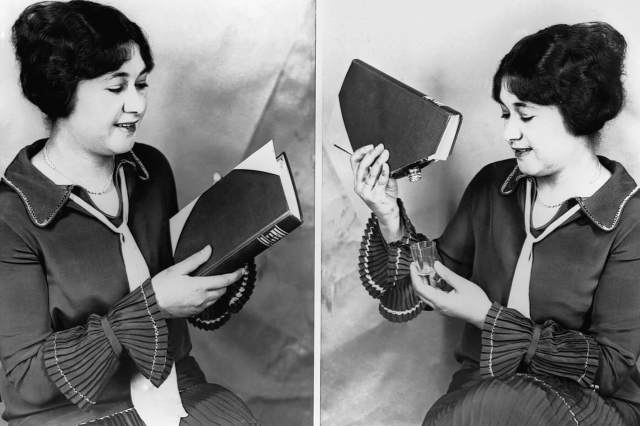
Prohibition Had Lots of Loopholes
Despite the constitutional law, certain legal loopholes existed that facilitated the acquisition of alcohol. Doctors could prescribe whiskey for medicinal purposes, making a friendly neighborhood pharmacist a handy source of booze — not to mention an ideal front for bootlegging operations. Religious congregations were allowed to purchase communion wine, which led to an increase in church enrollment. Winemakers, meanwhile, began selling “wine bricks,” rectangular packages of entirely legal concentrated grape juice that could be used to make wine at home. The packaging even came with a handy “warning”: “After dissolving the brick in a gallon of water, do not place the liquid in a jug away in the cupboard for twenty days, because then it would turn into wine.”






